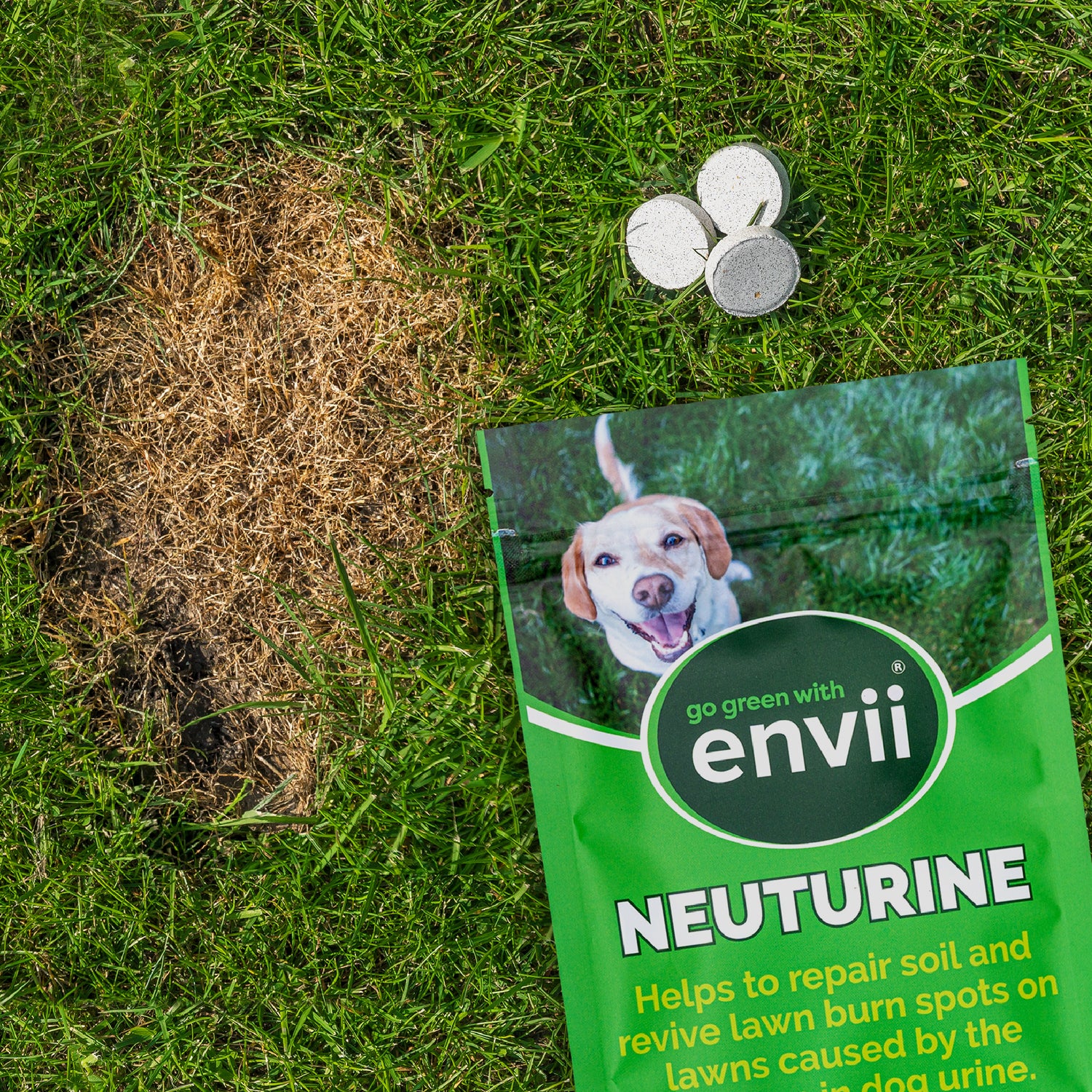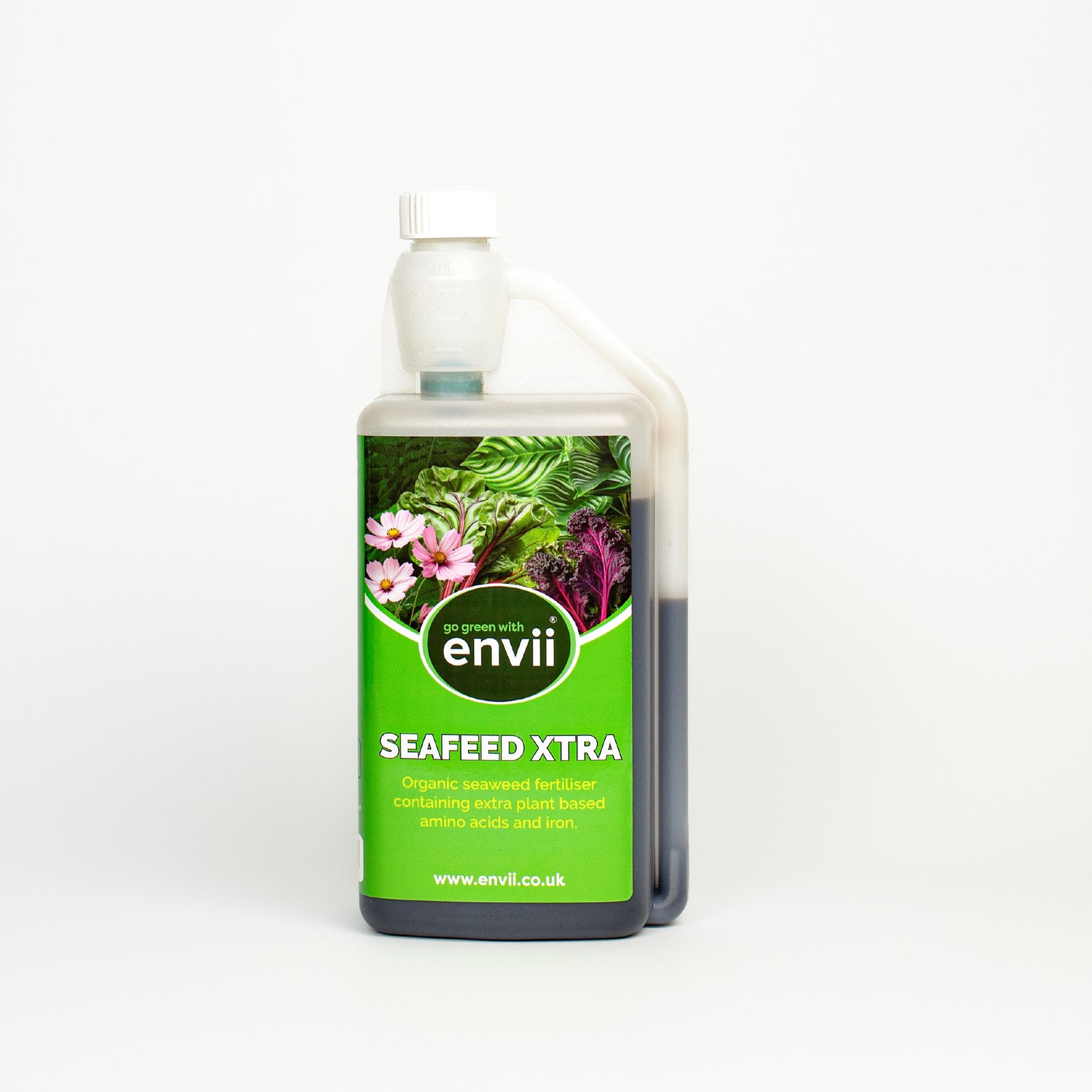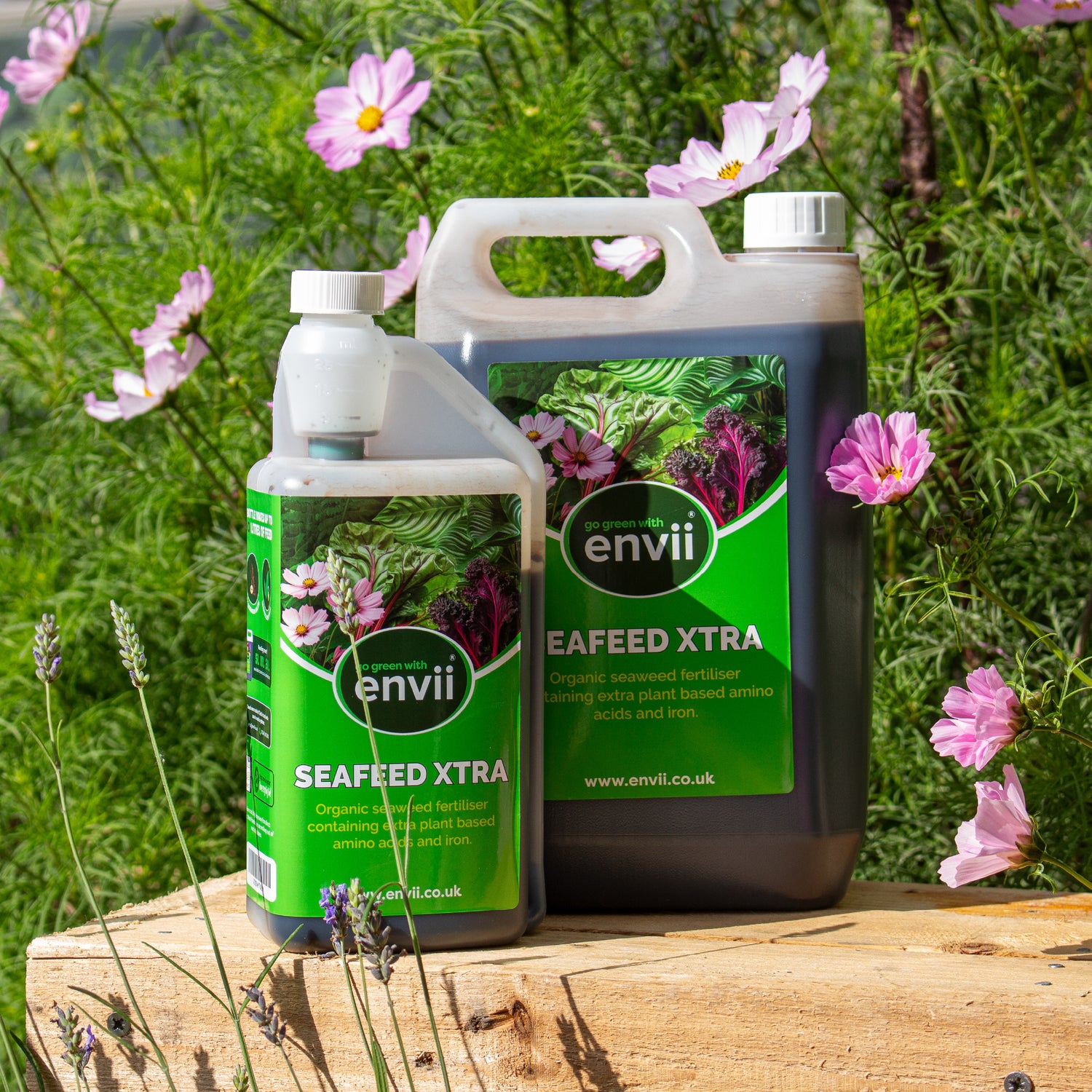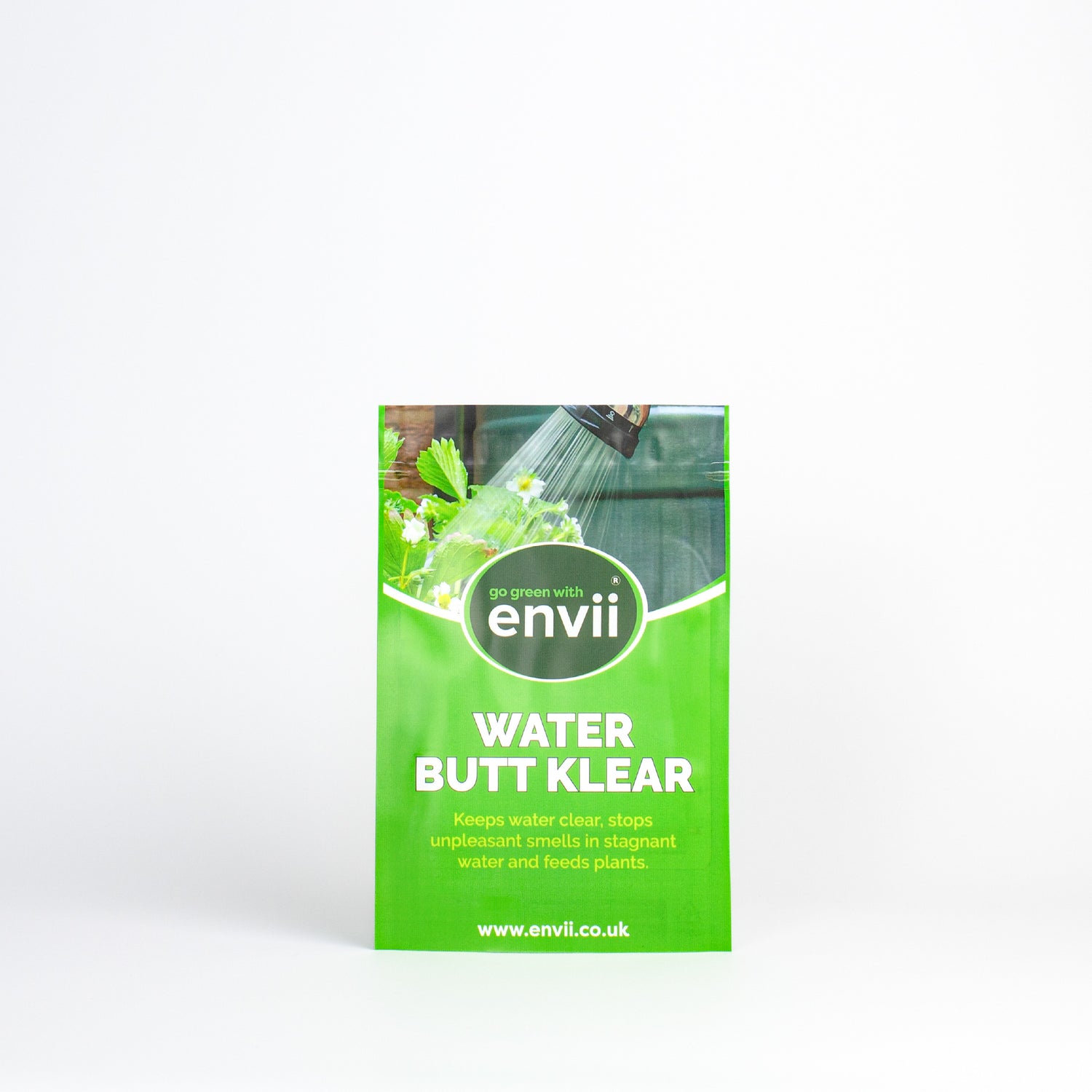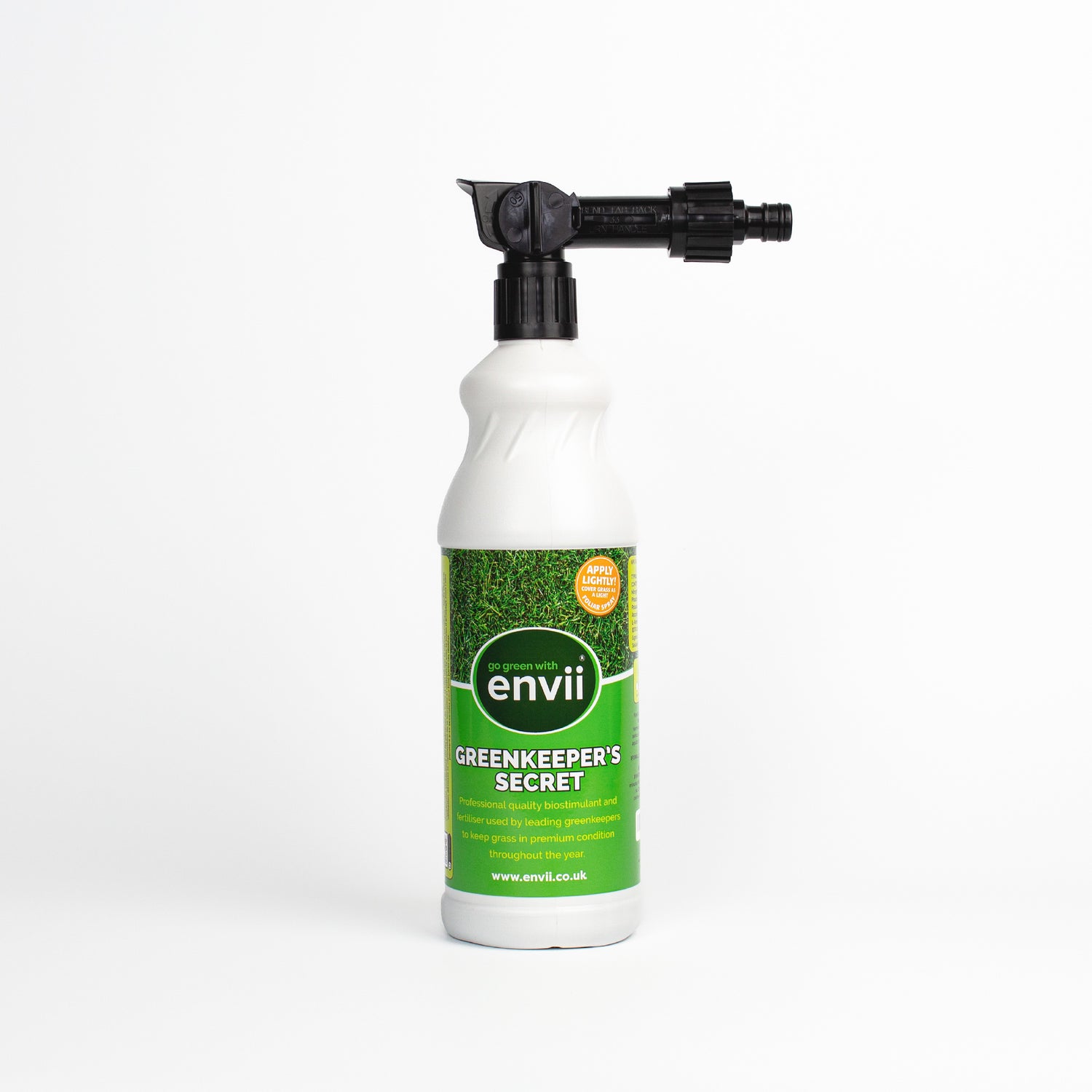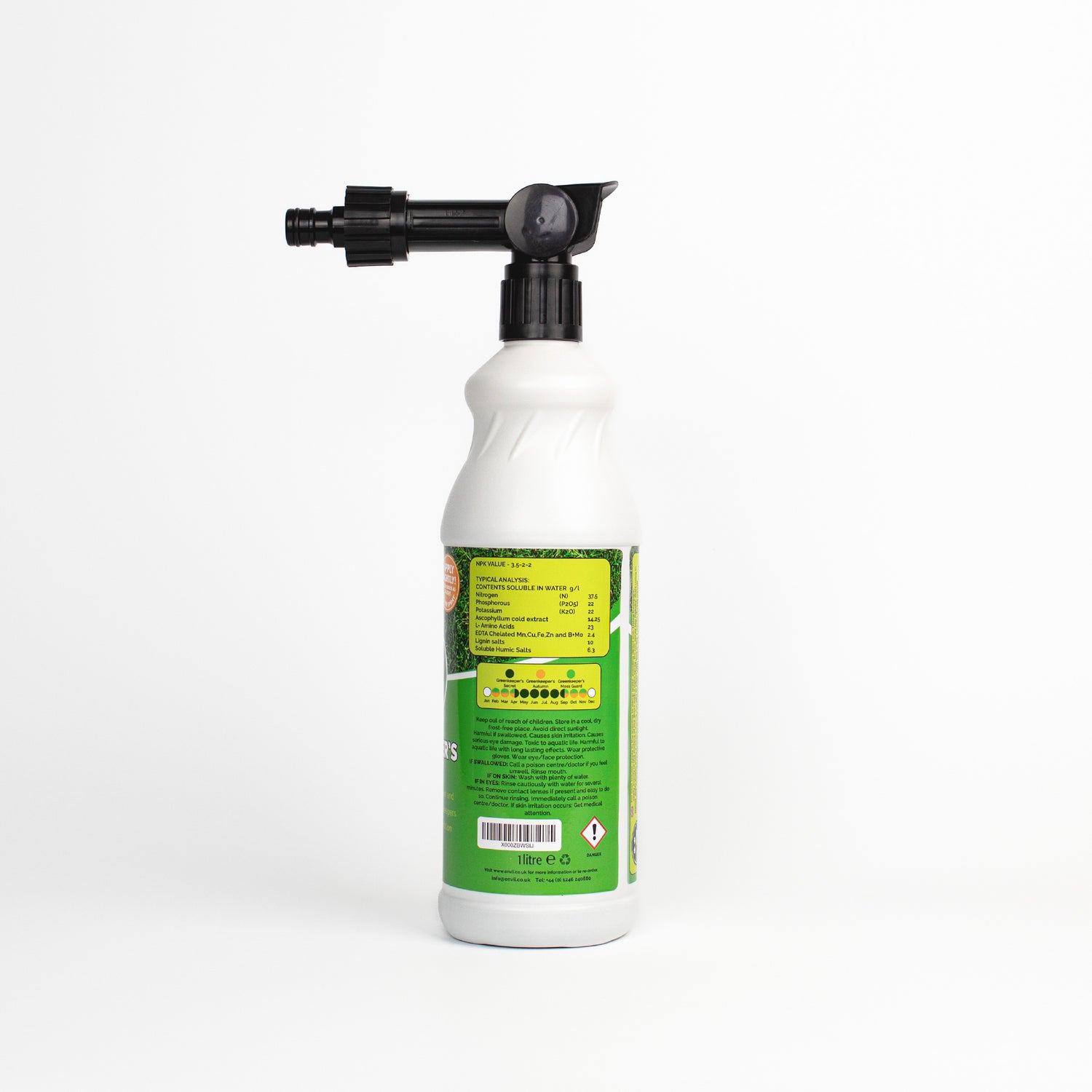Homegrown peas are one of the most popular allotmenteer crops.
That’s simply because when picked and eaten fresh, their flavour is so intense and sweet when compared to their shelved or frozen counterparts.
In fact, peas taste so good when you grow your own that you can actually eat them raw! But that’s not the only reason for you to love homegrown peas. Whoever said good things don’t come easy never tried to grow peas because they’re also a lot easier to grow than you might think.
Read on for gardening tips to help you get the best harvest of this flavoursome legume…
The Ideal Conditions for Sowing Peas
Peas come in an array of pods so the ideal conditions for them to be sown tends to vary. Depending on the variety of seeds, peas can be sown indoors, undercover, or outdoors.
Most peas can be sown directly outdoors from March to June where the temperature is likely to exceed 10°C. On the other hand, Early Peas such as Meteor can be sown either in October/November or January/February indoors or outdoors, under cloches.
If sowing peas directly outdoors, or when transplanting, take care to place them on a site with a decent amount of sunlight exposure where there is a minimal risk that they would overheat. Of course, soil should be rich but make sure it also has good drainage to prevent the peas from becoming waterlogged.
How to Sow Peas
How to Sow Peas Indoors
- For best results when sowing in Autumn/Late Winter, sow and raise peas indoors.
- Place the peas in individual pots, sowing each seed about 3 inches deep.
- Lightly cover the seed with soil and firm with your hands.
- Follow by watering, making sure the soil drains well
How to Sow Peas Outdoors
- Create a flat-bottomed trench, 2 inches deep and 10 inches wide, then follow by watering.
- Sow your pea seeds evenly throughout the trench, spaced 2-3 inches apart.
- Lightly cover the peas with soil and firm the ground.
- When sowing in Autumn, protect young pea plants from frosty weather by covering them with cloches, and as they develop, begin to feed them with a cold weather plant fertiliser.
Tips for Growing Peas
- Test your soil’s pH, if the reading is on the acidic side, use lime to alkalinise your soil as peas prefer soil with a pH around 6.5-7.
- Other than with dwarf peas, you will need to incorporate a support mechanism such as birch pea sticks for peas to climb as they grow and develop.
- When sowing in spring/summer, do so successively for a recurring harvest that could last you up until autumn, or October time.
Share



